
This lesson serves as visual example of the concept of exponents and how scientific notation is utilized in science. Additionally, students will utilize scientific notation to measure distance of
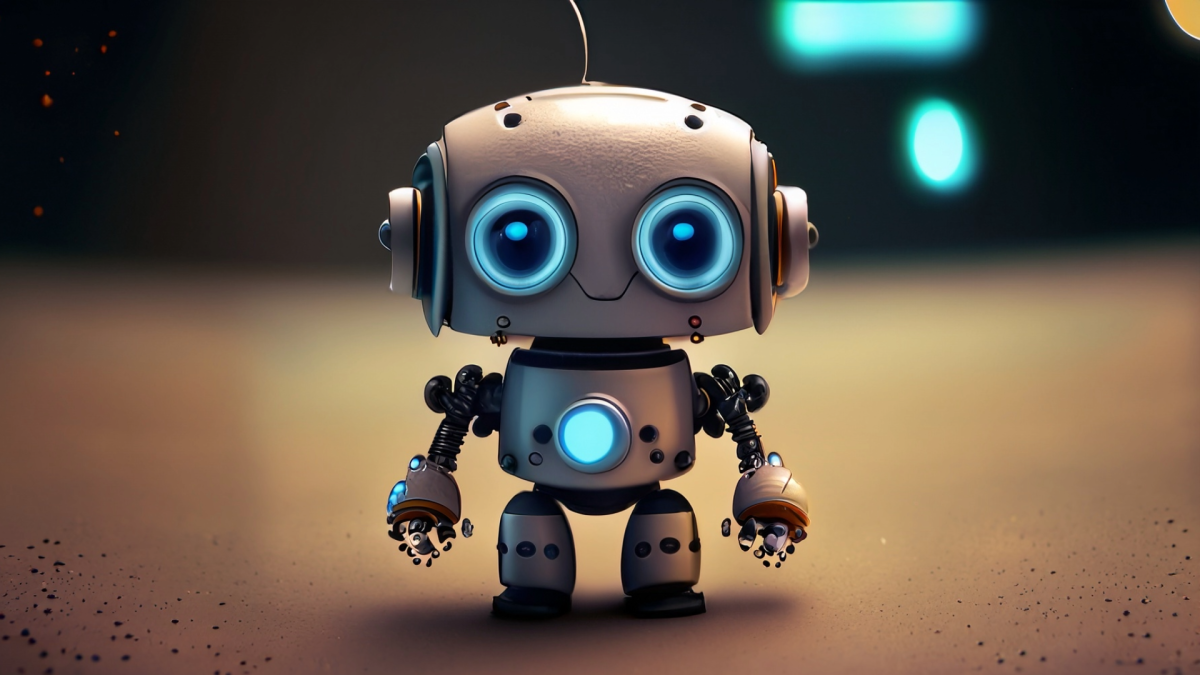
ArtBot is an innovative educational tool designed to introduce students to the fascinating world of electric and magnetic interactions through the medium of art. This unique robot is equipped with
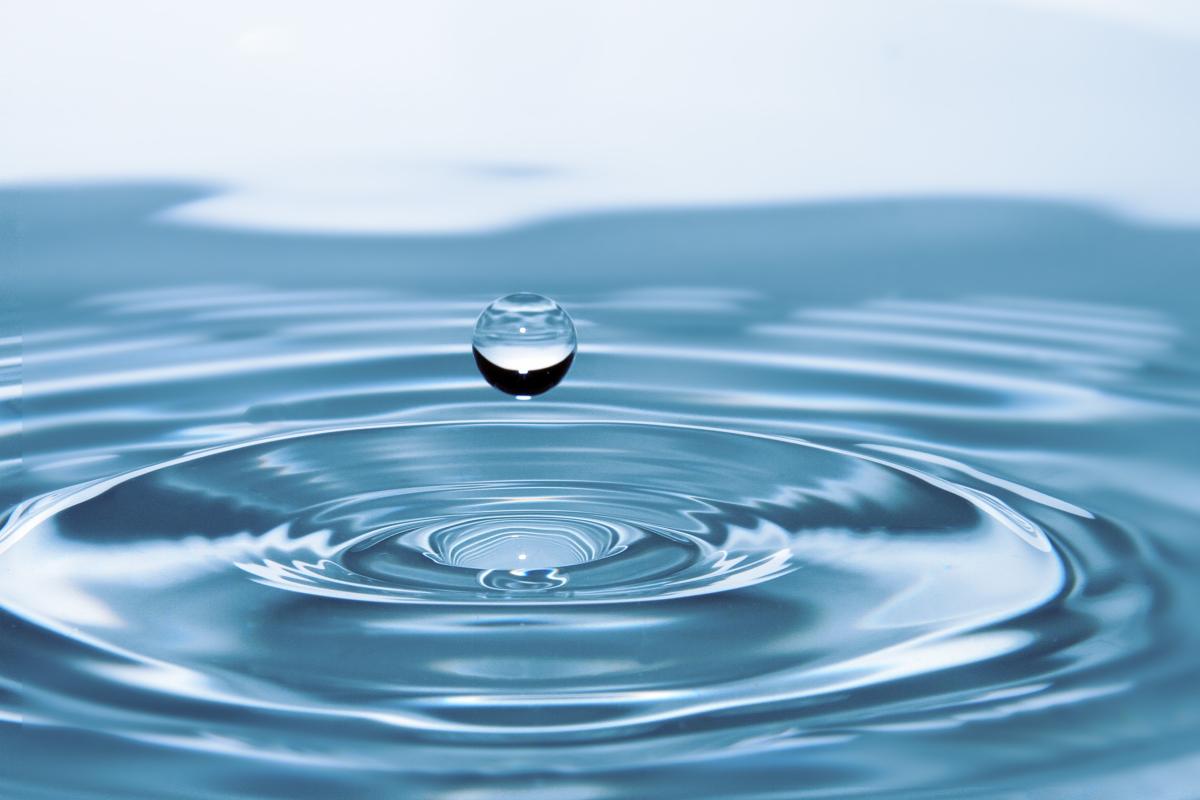
Water Troughs on the Rez is a lesson plan to help students understand the mathematical perspective of everyday items around our homes on the reservation. Students are to share different types of water

This is part 2 of a two-part series focused on the effects of grafting tomato plants to potato root stock in order to create "pomato" plants. This lesson is written for junior high students but can be

After completing a unit on weather, students will be challenged to research, design, construct and attach a snow plow to their Edison robot. Then they will create a scratch code that will navigate

In this lesson, students use the Kepler’s Laws PhET Simulation to collect data on the period and average radius of the planetary orbits. They graph and analyze that data to derive Kepler’s 3rd Law.
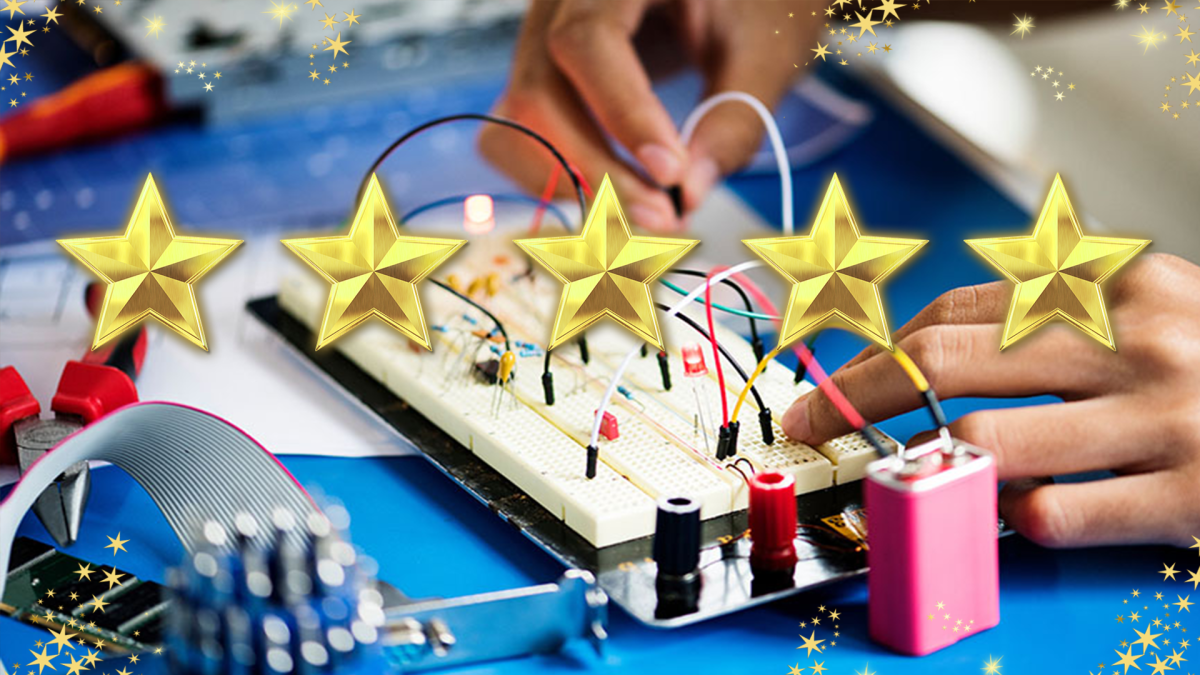
A Shocking Dystopia: STEM Adventures in The City of Ember Part 4 of 4: Where the River Goes
This lesson is PART 4 of a four-lesson unit, which focuses on futures thinking, the phenomenon of electricity, closed-system agriculture, and water as a renewable energy resource. “The City of Ember”

A Shocking Dystopia: STEM Adventures in The City of Ember Part 3 of 4: A Problem in the Greenhouse
This lesson is PART 3 of a four-lesson unit, which focuses on futures thinking, the phenomenon of electricity, closed-system agriculture, and water as a renewable energy resource. “The City of Ember”

A Shocking Dystopia: STEM Adventures in The City of Ember Part 2 of 4: A Way to See in the Dark
This lesson is PART 2 of a four-lesson unit, which focuses on futures thinking, the phenomenon of electricity, closed-system agriculture, and water as a renewable energy resource. “The City of Ember”

A Shocking Dystopia: STEM Adventures in The City of Ember Part 1 of 4: Blackout! Community Circuits
This lesson is PART 1 of a four-lesson unit, which focuses on futures thinking, the phenomenon of electricity, closed-system agriculture, and water as a renewable energy resource. “The City of Ember”
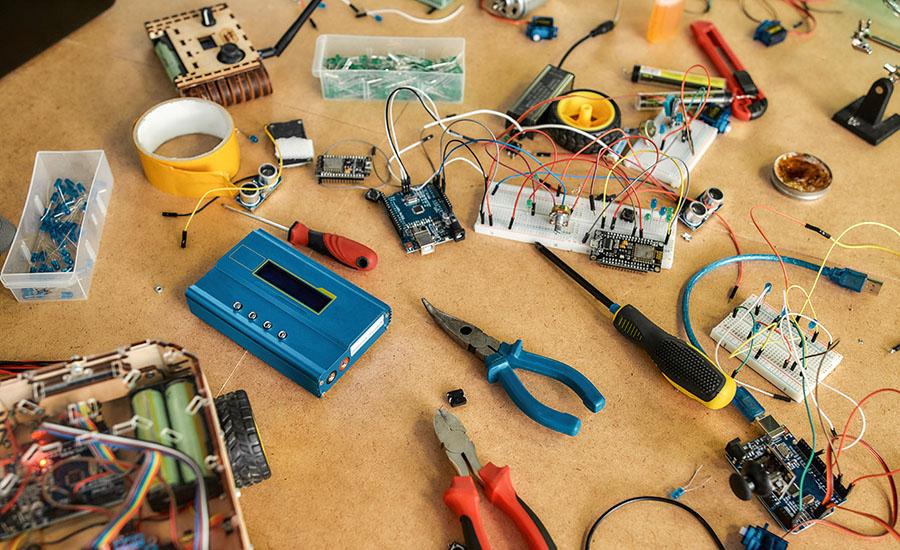
Students will learn about the light sensor on the Circuit Playground Express and how it can be used as an automatic switch to turn a device on or off. They will learn about the thermometer sensor on

Students will learn and recall about the different parts and components of an Adafruit Circuit Playground Express. Students will be able to program an Adafruit Circuit Playground Express

Part one of a four part project exploring the movement of the brain upon impact in everyday activities. This lesson uses Pocketlab Voyager sensors to analyze brain movement in high impact activities

Students will be able to collaboratively build, and program a simple robot using Lego Spike Prime kits. Students will demonstrate basic skills in robotics and coding by successfully constructing their
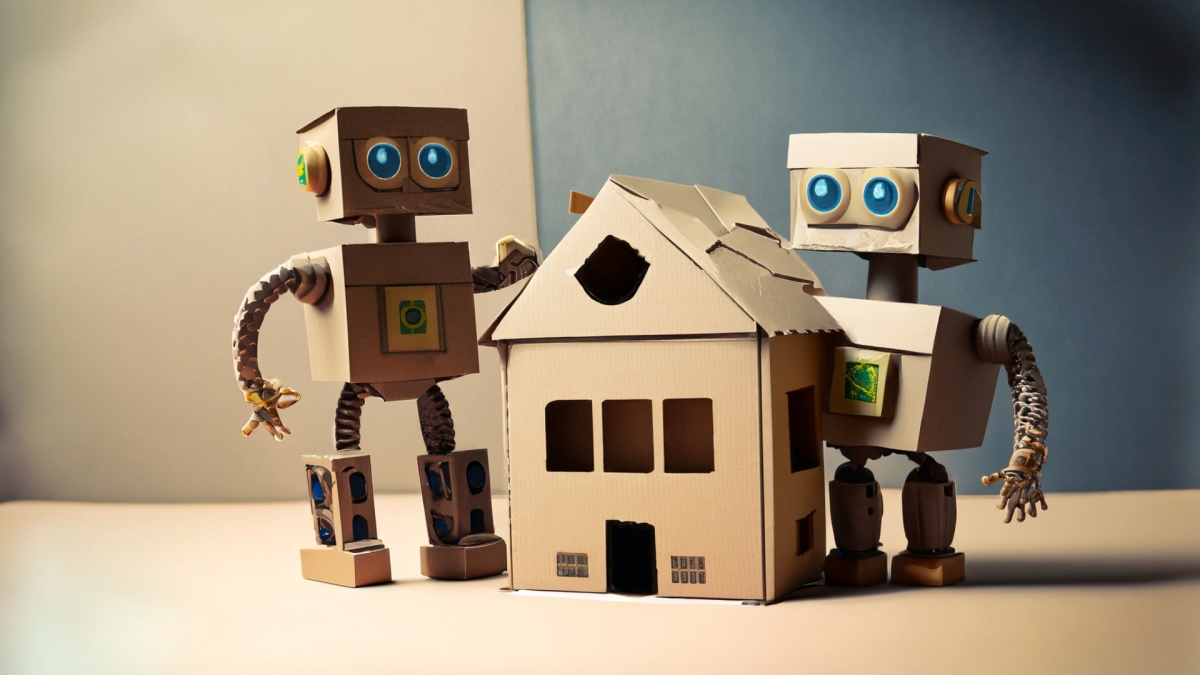
By the end of this lesson, students will understand the unique adaptations of desert tortoises and the importance of conserving their habitat. Students also engineer a habitat for the desert tortoise.

In this lesson two of four, students have to estimate and guess how much weight each of four factors has on a person's life expectancy, which often causes discomfort. They will ask you for direction

In this first of a four-part unit, students are introduced to the question under investigation: How much life insurance should I buy to cover myself when I am 45 years old? To answer this
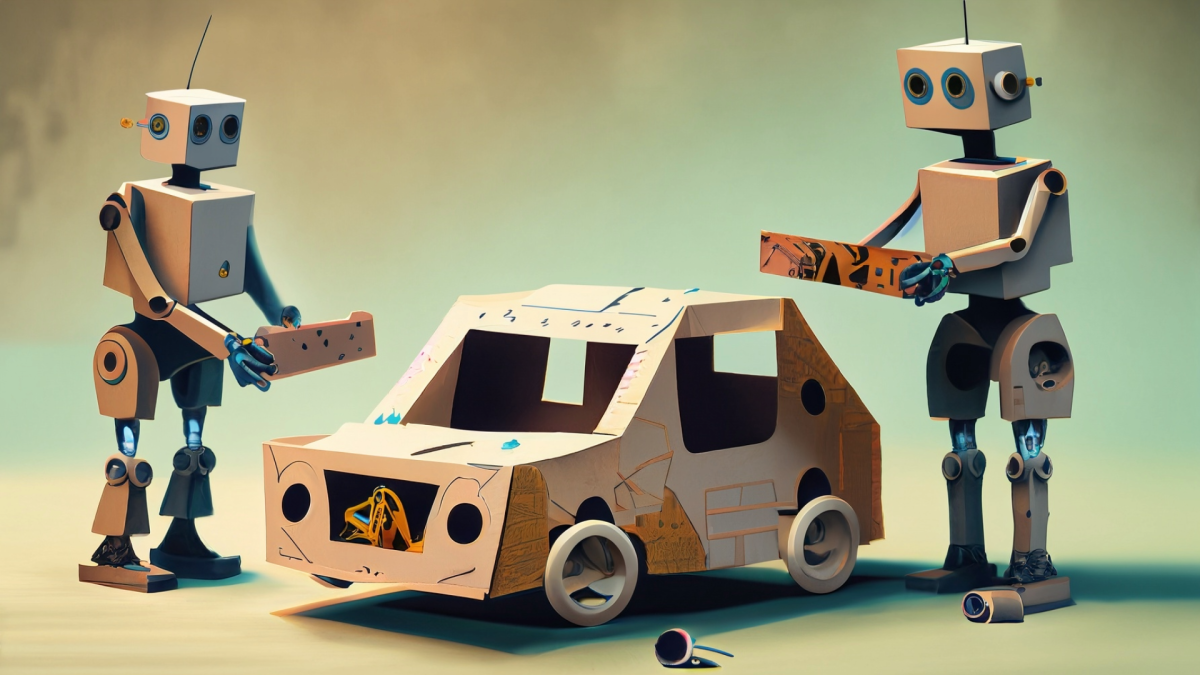
In this engaging lesson, students explore the concept of position (Hayu') vs. time (nkez) graphs through a hands-on car motion (Buggy) activity. Using the Buggy on a marked track, students measure and

The Parachute design lesson involves students learning about the engineering design process, air resistance, and parachute principles before planning and constructing their own parachutes. Through

Today students will continue their studies of simple block programming with the use of the Edison robot. Students will start using the barcode and then transition into block coding using Edscratch
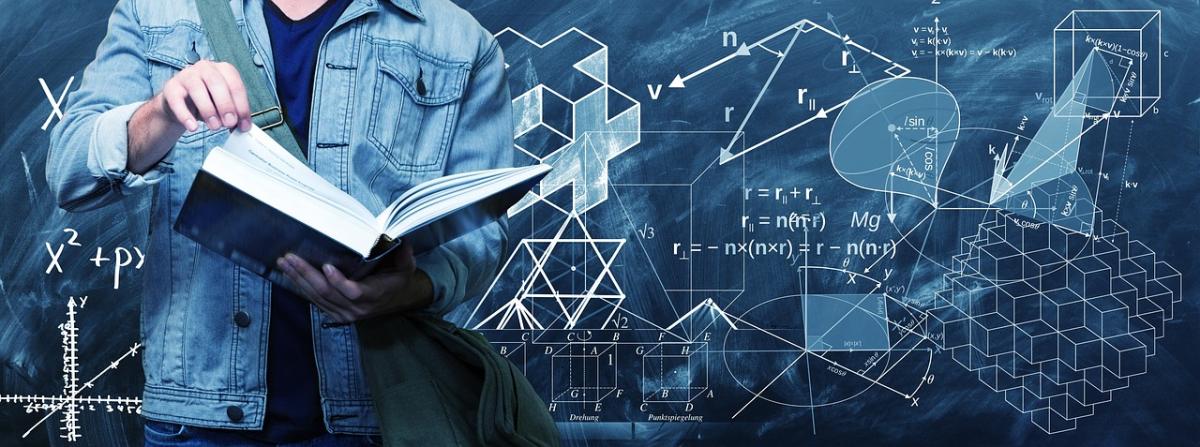
Students will gain an appreciation of M.C. Escher's tessellation artwork and process and be inspired to create their own tessellation.This lesson combines math, art and technology by using an

This lesson includes having students design and build a wing to put onto a pre-built RC plane and fly it in circles (tethered). Requires previous RC knowledge.
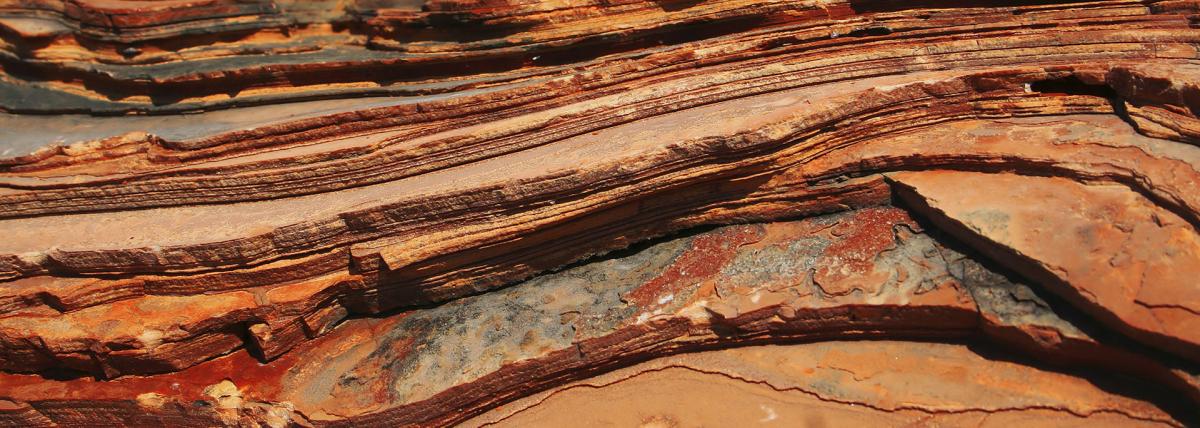
How old is Earth? How big is 1 million years compared to 1 billion years? Students will use three models to organize geologic time and practice cross multiplication to solve for a variable.

Explore how cells can only be so big by studying how things move in and out of them, and discover why the size of a cell is connected to its surface area and volume.


